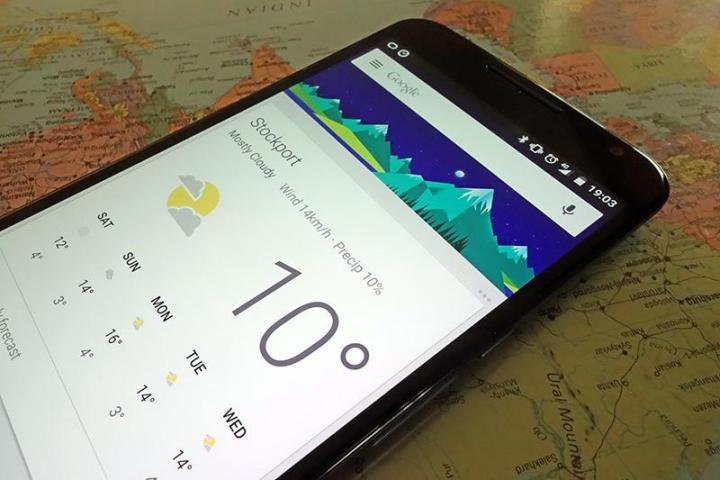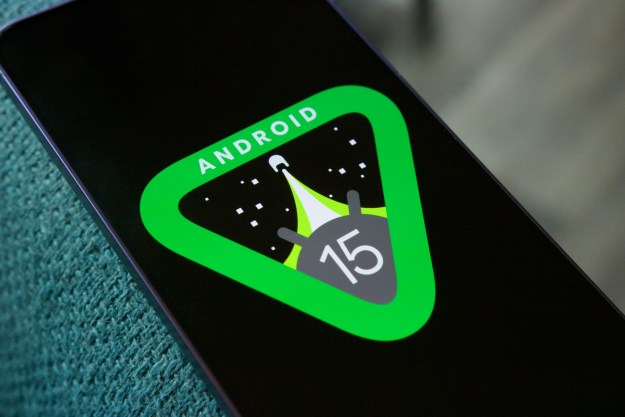
According to a leaked email from the Android team at Google Mobile Services, which was obtained by Android Police, “Google Now Launcher will be unpublished from Google Play” in the first quarter of 2017.
“Although users would not be able to download and install the launcher from the Google Play Store, Google will continue to support existing users of the Google Now Launcher by updating the Google Search app,” according to the email.
The Google Now Launcher debuted with the Nexus 5 in 2013, but it was called the Google Experience Launcher at the time. It was rebranded the following year when Google made it available to most Android devices on the Play Store. The launcher introduced the ability to access Google Now directly from the home screen.
Google has been rebranding a lot lately — many of Now’s features are simply a part of the Google search app, and the company recently removed all mentions of “Google Now” from the Google app. The Pixel Launcher became the new standard when the Google Pixel was released in 2016, but it’s currently only exclusive to the Pixel. It’s similar to the Google Now Launcher, in that you can access the Now page by swiping right on the home screen.
In the email, Google says the Search Launcher Services library is available for manufacturers — this means any Android smartphone manufacturer can integrate the Now feed directly into their launcher. The email also says that Google Now Launcher will be removed from the optional Google Mobile Services package on March 1 — any devices with the launcher preinstalled will not be approved.
Google told Digital Trends it does not comment on rumors and speculation.
Editors' Recommendations
- A new Google Pixel Tablet is coming, but it’s not what you think
- The first Google Pixel 9 Pro hands-on photos are here
- Something strange might happen to the Google Pixel Fold 2
- Google Pixel 8a: news, rumored price, release date, and more
- Here’s every color that will be available for the Google Pixel 8a
